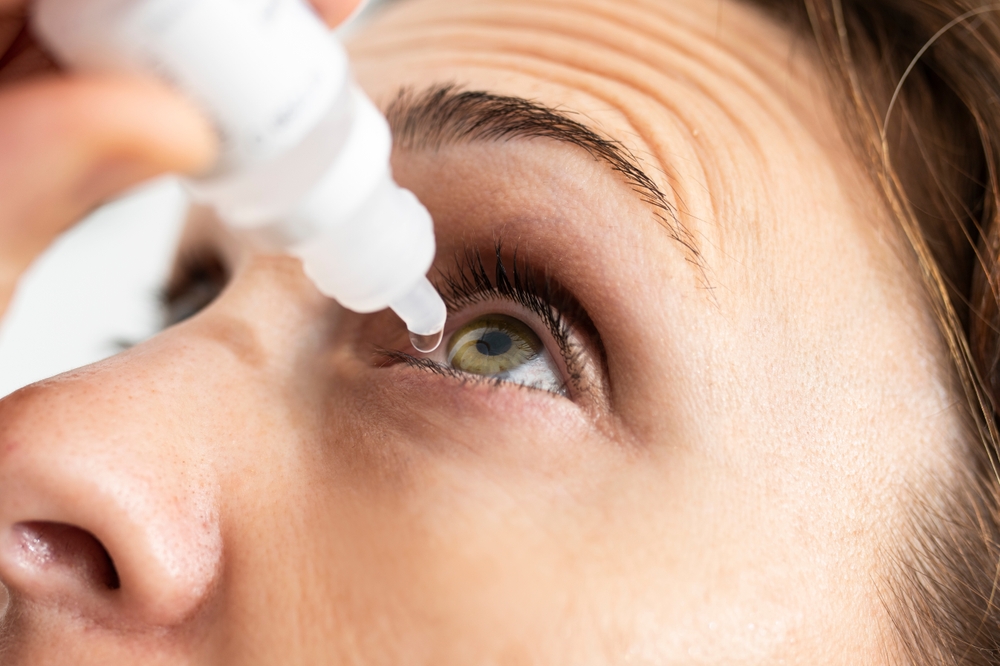Managing Dry Eyes: Effective Treatments and Tips for Relief
Blog:Managing Dry Eyes: Effective Treatments and Tips for Relief

Dry, irritated eyes are more than just an occasional nuisance—they can affect your daily life, from struggling to focus at work to feeling uncomfortable during a drive down Roswell Road. If you’re experiencing persistent dryness, burning, or a gritty sensation in your eyes, you’re not alone. The climate in Sandy Springs, with its seasonal allergens and fluctuating humidity, can contribute to dry eye symptoms. Fortunately, there are effective ways to find relief and protect your eye health.
Why is Dry Eye So Common?
Dry eye is particularly common in Georgia due to a combination of environmental and lifestyle factors. The state’s hot summers and fluctuating seasonal conditions can contribute to tear film instability, while pollen-heavy spring months often lead to allergies that exacerbate dryness and irritation. In cities like Sandy Springs, air conditioning is a necessity for much of the year, but constant exposure to dry indoor air can further reduce natural tear production.
Additionally, many residents spend long hours on screens for work and leisure, which decreases blink rates and worsens dry eye symptoms. Another significant contributor is meibomian gland dysfunction (MGD), a condition where the oil glands in the eyelids become blocked or don’t produce enough oil, leading to faster tear evaporation. Urban pollutants, car emissions, and contact lens use can also worsen MGD, making dry eye a widespread issue for Georgians.
Lifestyle Adjustments for Lasting Relief
Follow the 20-20-20 Rule – If you spend a lot of time on digital screens, take a 20-second break every 20 minutes by looking at something 20 feet away.
Use a Humidifier – Indoor heating and air conditioning can dry out the air, making it harder for your eyes to stay lubricated.
Stay Hydrated – Drinking plenty of water supports overall tear production.
Wear Sunglasses Outdoors – Protect your eyes from wind and UV exposure, which can contribute to dryness.
Eye Drops and Nutritional Support
Preservative-Free Artificial Tears – Over-the-counter eye drops can provide temporary relief, but we can recommend the best option for your specific case.
Omega-3 Supplements – Studies suggest that omega-3 fatty acids may help improve tear quality by reducing inflammation in the eyes.
Prescription Eye Drops – Medications can help increase tear production if over-the-counter solutions aren’t enough.
Advanced Dry Eye Treatments
LipiFlow® – This treatment targets meibomian gland dysfunction (MGD), a common cause of dry eyes, using gentle thermal pulsation to unclog oil glands.
Intense Pulsed Light (IPL) Therapy – Helps reduce inflammation and improve tear production, particularly for those with ocular rosacea.
Punctal Plugs – Tiny plugs inserted into the tear ducts to help retain natural tears and keep your eyes hydrated.
Find Long-Term Relief at See and Be Seen
Managing dry eyes isn’t just about temporary relief—it’s about improving your daily comfort and preserving your eye health. If you’ve been relying on eye drops without seeing long-term improvement, it’s time to explore more effective treatments. A comprehensive evaluation and diagnosis can help identify the root cause of your dry eye symptoms, allowing us to create a personalized treatment plan tailored to your specific needs for lasting relief.
If you’re experiencing dry eye symptoms, schedule a consultation with See and Be Seen to find the right treatment for your needs. Visit our office in Sandy Springs, Georgia, or book an appointment online today.


